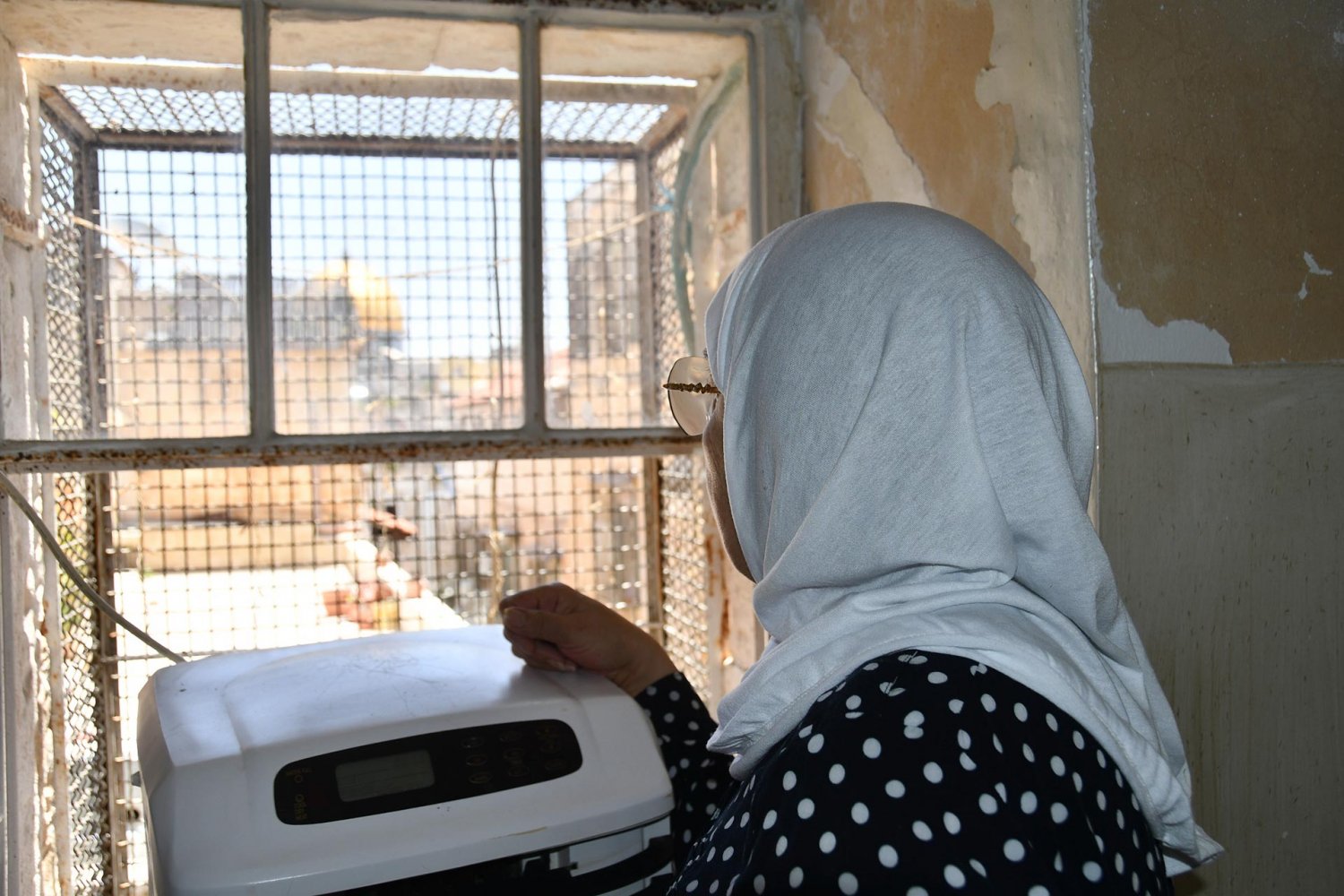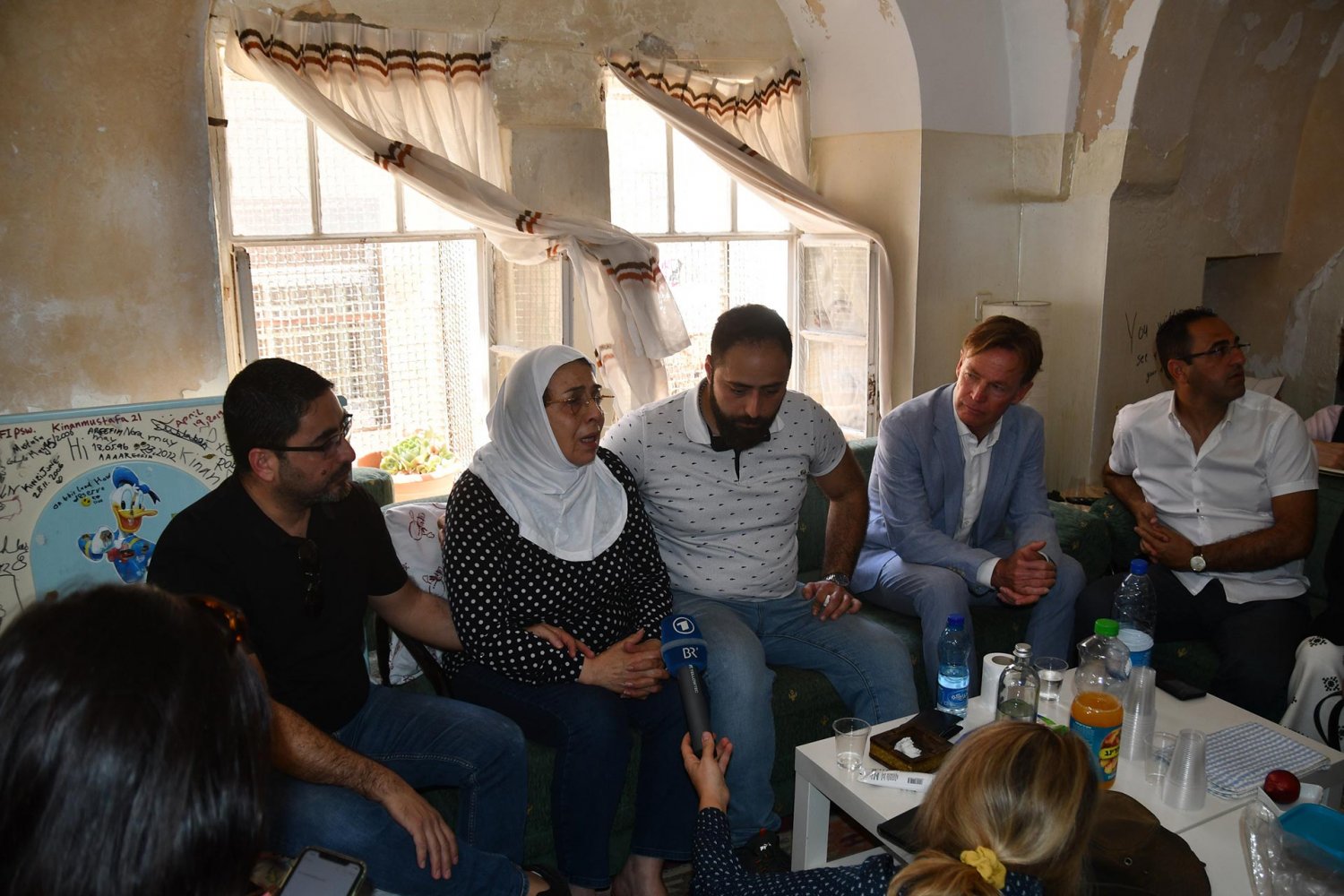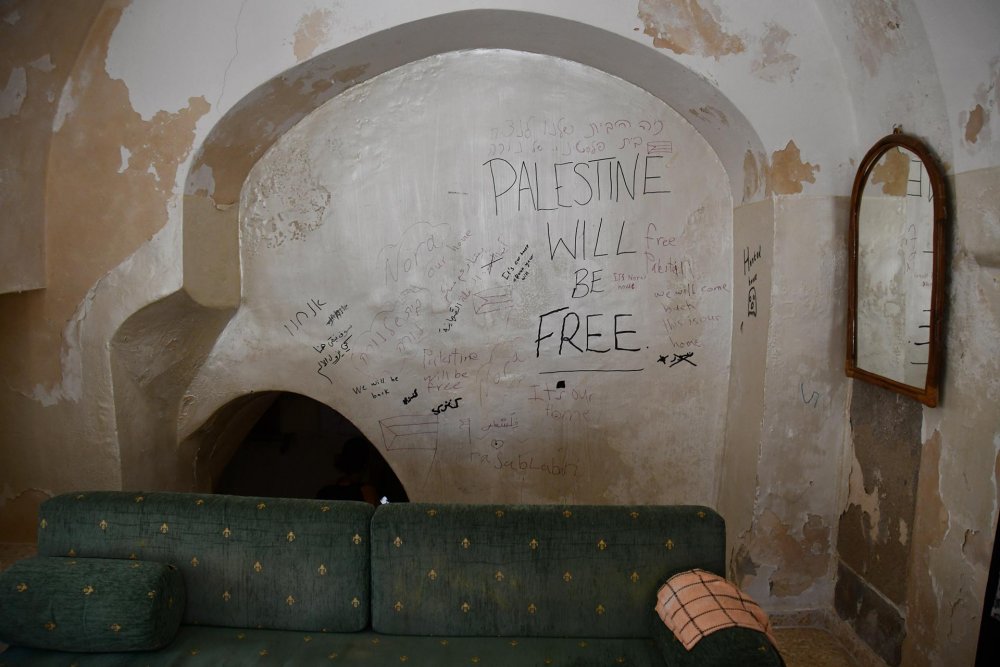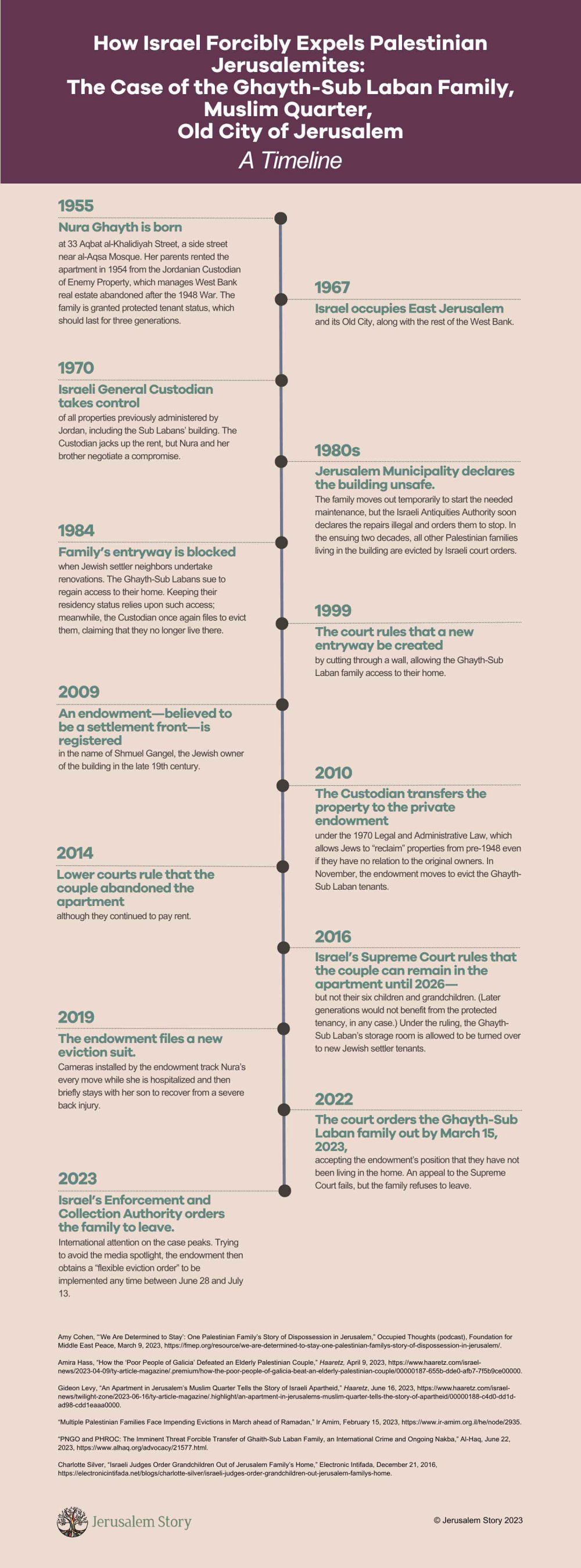Looking out her window toward the golden dome of al-Aqsa Mosque, Palestinian Nura Ghayth reflected on the home in which she was born when we visited the family the month before their expulsion.
“The house is not a stack of stones,” Ghayth said. “It’s memories. It’s connection.”
Ghayth, 68, and her husband, Mustafa Sub Laban, 72, were expelled from their home in the Muslim Quarter of Jerusalem’s Old City on July 11. As reported by Haaretz: “At about 6 AM a large police force blocked off the whole area and about 20 police officers broke into the house and extracted the last resident, Mustafa Sub Laban, a man in his 70s, who had remained in the home together with six Israeli left-wing activists. His wife Nora Gheith Sub Laban had lived with him there too but was hospitalized on Monday evening.”1
After 45 years of court battles with the state and settler groups, the Israeli Supreme Court terminated the couple’s protected tenancy status in 2022 and ruled they vacate the property by March 15, 2023. When the family refused to go, the Israeli Enforcement and Collection Authority delivered an eviction order in May, demanding they leave by June 11.2





